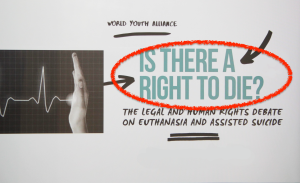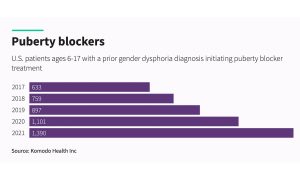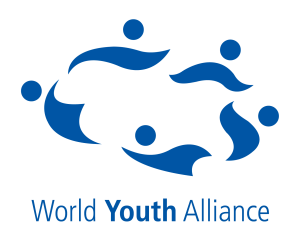WYA is currently attending the 47th Session of the UN Commission on Population Development (CPD), entitled “ICPD Beyond 2014 Review” from April 7-11at the UN Headquarters in New York. This Review aims to identify the progress made and the challenges faced by the 179 governments that committed to the 20-year Programme of Action (PoA) plan in Cairo in September 1994, to develop a more equitable and sustainable world.
Twenty years ago, world leaders gathered in Cairo for the landmark international conference on population and development, to address challenges to an equitable and sustainable global development. They developed an ambitious person-centered agenda for sustainable development that promoted gender equality and equity, a high standard of physical and mental health, and an adequate standard of living for all, while properly managing the world’s natural resources.
In spite of global progress made in achieving the PoA objectives and goals, much still has to be done. Therefore in 2011, the UN General Assembly decided to extend the mandate of the PoA beyond 2014 for further implementation, in order to fully meet its objectives and goals. Thus, the current Review is extremely significant as it will influence the manner in which the PoA will be implemented beyond 2014. Furthermore, the development goals in the PoA are clearly tied to the achievement of other internationally agreed development goals, including the Millennium Development Goals (MDGs). Therefore, this Review will also play a large role in the development and implementation of the post-2015 Sustainable Development Goals as the MDGs expire in 2015.
A draft outcome document was circulated to all Member States before the 47th Session of the CPD had even started. This draft outcome document was supposed to be purely procedural in nature. However, a brief read of the 4-page outcome document reveals several attempts to broaden the goals of the PoA and to push for regional agendas that have not previously been agreed upon, for example language taken from regional conferences like the Montevideo ICPD conference that was attended by representatives from many reproductive rights organizations. This is contrary to the language and spirit of the agreements contained within the PoA. Since the 47th Session of the CPD is simply a review of the PoA, the CPD does not have the mandate to renegotiate the agreements in the PoA.
Most distressingly, the document reflects a strong push to recognize so-called “reproductive health and rights.” In fact, one of the main themes identified by the UNFPA on the ICPD Beyond 2014 website in the PoA is the need to fulfill the “reproductive health and rights” of all peoples. This term has been frequently used to mean access to “family planning services,” “contraceptives,” and “reproductive health services,” which has been construed to mean abortion.
WYA emphasizes that the term “reproductive health” was defined in the PoA as not including abortion. It does include abortion as a component of reproductive health care and reproductive health services but only in circumstances where abortion is not against the law. Overall, it casts a negative light on abortion, stressing that governments “should take appropriate steps to help women avoid abortion, which in no case should be promoted as a method of family planning.” Furthermore, the PoA emphasizes that changes in abortion law are the prerogative of individual countries and not of the international community.
Throughout these past 2 days of CPD plenary sessions, it has been clear that Member States are emphasizing their national progress in achieving so-called “sexual and reproductive health and rights” over progress achieved in protecting the family unit, proper sanitation, access to clean water, and basic healthcare for all, including reproductive health and maternal health. In response, WYA submitted a written statement and gave an oral statement during the opening ceremony of the CPD that highlighted how maternal mortality rates may be drastically reduced by 4 interventions: 1) Greater access to skilled birth attendants; 2) Prenatal care visits; 3) Essential medicines and equipment to treat complications during pregnancy; and 4) Strengthening of the healthcare delivery system infrastructure, including education for women and transportation.
To find out more information on reproductive health in international law and policy, please read our white paper on reproductive health. WYA will closely monitor the rest of the Review session and publish a follow-up blog after the closing ceremony of the 47th Session of the CPD on April 11.
By Natalie Lam, Advocacy Fellow from Singapore







